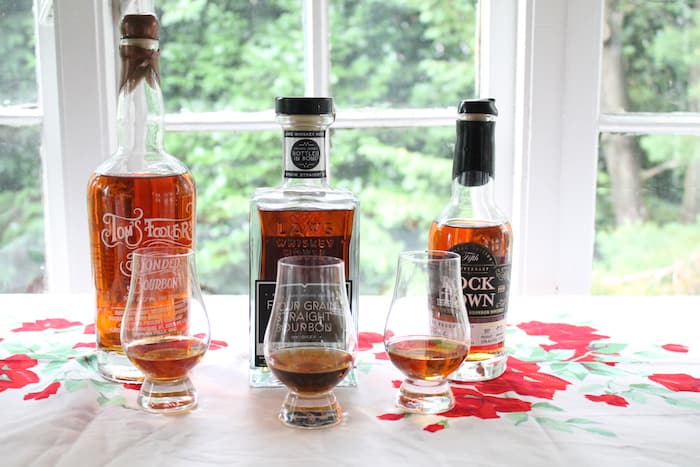You’re at a store comparing whiskey bottle prices. You see the big brand names and the smaller guys side by side. You note the prices and wonder to yourself about the cost differences. What can explain the sticker price of craft spirits and craft whiskeys in comparison to the others? Is the quality as good? There is no easy answer here.
First, you need to understand a bit about who produces craft whiskeys. Typically it is licensed and independent distillers producing alcohol at a volume of less than 750,000 proof gallons. In that, craft is losing its charm among many consumers, being synonym of “small batch” and “handmade.” Therefore, to distinguish truly “artisan” products from multinational competitors, craft distillers need to prove their craftsmanship and authenticity to restore the craft definition and consumer trust.
On the other side, and from the consumer point of view, this trend is not exclusive to the craft whiskeys. Food, confectionery and other durable consumer goods are of concern as well. Furthermore, it has to be said that interest in small producers and regional variations is growing. For people born between the 1980s and early 2000s, demand is high concerning premium and authentic drinks with unique taste. Hence, this is leading consumers and especially Millennials to turn to products with a long-standing and traditional heritage suggestive of a genuine sense of place.

What are the distinctive characteristics of craft whiskeys?
First, craft whiskeys can offer emphasized complexity because they correspond either to a new array of small batch or single barrel or else to a special selected blend. No matter if brands are less known, because they are taking place beside top shelf spirits of the mass market with an international renown. It is not just marketing or advertising and communication campaigns about brands and elegant packages or both of them. It corresponds to the same trend existing for other food and beverage classes. As a result, consumers focus on identity and originality and this trend shows a rise of craft whiskeys.
So, what else? Craft whiskeys can work with food, offering the possibility for connoisseurs to pair them, as it is also the case with wines. For a new consumer category it is the opportunity to have at disposal a vast array of diversity within this spirit class and to choose a preferred and individualized whiskey. As all things “crafty” seem to be on fire, the success of craft spirits does not surprise whiskey experts.
From a quality point of view, it is clear that they offer real differences. Most of the craft whiskeys display attractive aromatic notes ranging from cooked or stewed stone fruits to spicy and peppery hints for some brands. For some others, they bring marked notes of vanilla to chocolate specific of small batches finished in previously held wine barrels. No matter where they come from, they correspond to regions located in the most famous producing wine countries all around the world. This makes for a huge source of diversity and marketing selling points.
Aside of this, use of different cereal ratios among the standard ones brings additional subtle aromatic variations. Then, different maturation and finishing, added with different cereal ratios, contribute to increase diversity. In addition, a third of the consumers buy from brands they believe do environmental good. The corresponding companies producing this spirit category sometimes contribute to sustainable initiatives, allowing a reduction of carbon footprint.
Perspectives
Before you enjoy it, you just have to know that craft whiskey bottle prices range from less than $10 to more than $100. Higher production costs, rarity and quality do not exclusively explain the prices of craft whiskeys; from the consumer point of view, quality at low price is expected and the craft whiskey process allows that. These spirits are typically becoming more quickly available with shorter average maturation times.
Above all, this warrants the average price difference found among craft bourbon whiskeys and their conventional counterparts without sacrificing for quality. Furthermore, what makes a brand special or unique attracts the craft whiskey generation consumers, with them perhaps becoming an advocate of the brand. This foresees a long shelf life because the US craft spirit market is not yet crowded – a bright future is still expected.







